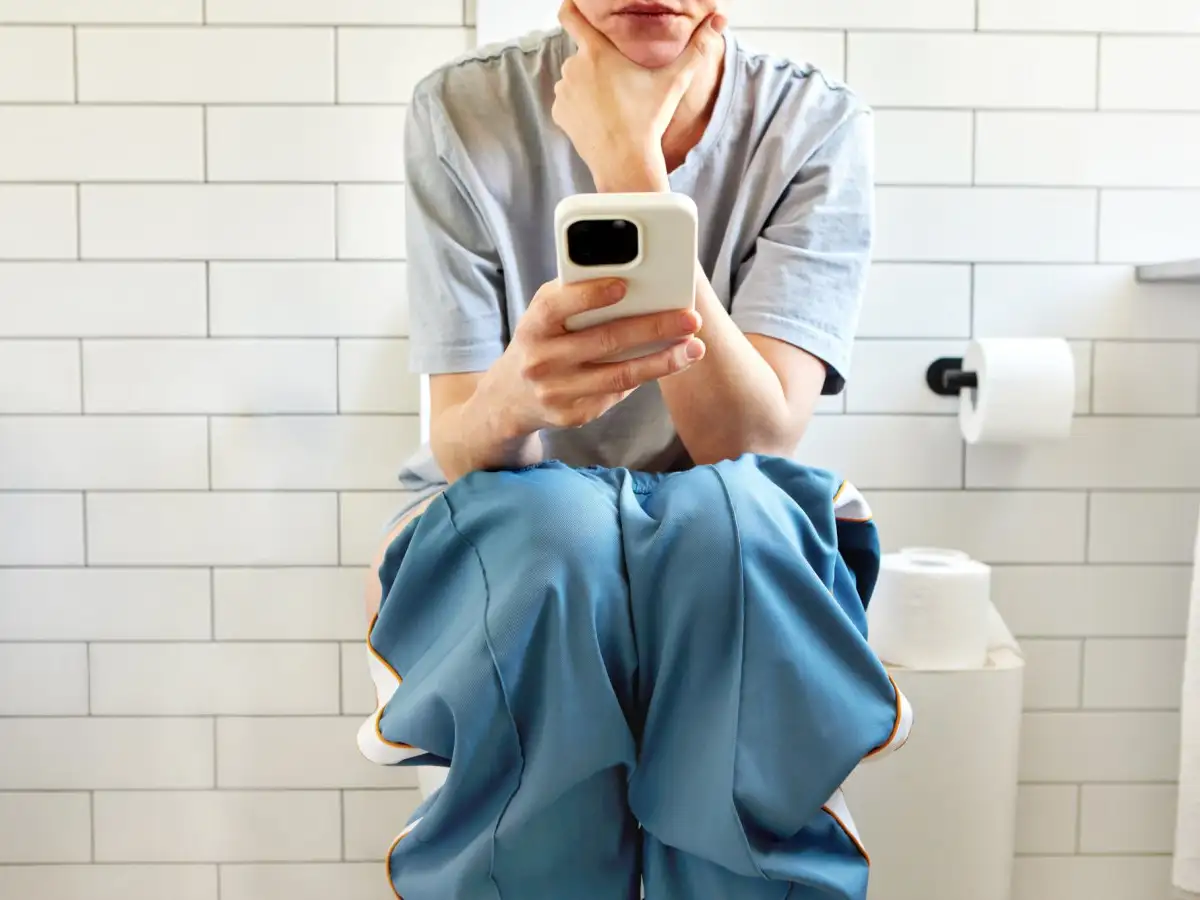Boston, September 4, 2025 — A new study from Beth Israel Deaconess Medical Center has identified a surprising modern culprit in hemorrhoid development: smartphone use while on the toilet.
The Surprising Findings
Researchers surveyed 125 adults scheduled for routine colonoscopies, collecting data on toilet habits, lifestyle factors, and smartphone usage. They found that 66% of participants used their phones while sitting on the toilet. Among these users, 37% spent more than five minutes per bathroom visit, compared to just 7% of those who didn’t use their phones.
Crucially, after adjusting for factors like age, sex, body mass index, exercise, fiber intake, and straining behavior, smartphone users were found to have a 46% higher risk of hemorrhoids. The correlation didn’t appear to result from straining—often blamed in the past—but from the extended time spent seated without sufficient pelvic support.
Why Time Matters More Than Effort
Hemorrhoids occur due to swollen veins in the anal area. Prolonged sitting, especially on an unsupported surface like a toilet seat, increases pressure in these tissues, causing engorgement over time. Surprisingly, straining—long considered a primary cause—was not found to be a significant risk factor in this study. The findings suggest that lingering during bathroom visits may be a better predictor of hemorrhoid risk than effort alone.
Phone Habits vs. Perception
Though many participants spent extended time on the toilet, only about half acknowledged that their phone use contributed to the delay. The rest were unaware of how much longer they stayed, underscoring how easily distraction can lead to unhealthy habits.
Health Implications & Expert Advice
Hemorrhoids affect millions annually and cost the U.S. healthcare system hundreds of millions of dollars. To help curb this burden, researchers and experts offer practical advice:
- Limit toilet time to no more than 5–10 minutes.
- Leave your phone outside the bathroom to avoid losing track of time.
- Boost fiber intake—through foods like beans, whole grains, leafy greens, and berries—to promote smooth bowel movements and reduce hemorrhoid risk.
Despite being common and sometimes embarrassing, hemorrhoids are manageable—and awareness of modern lifestyle risks can help prevent discomfort and medical costs down the road.
















Leave a Reply